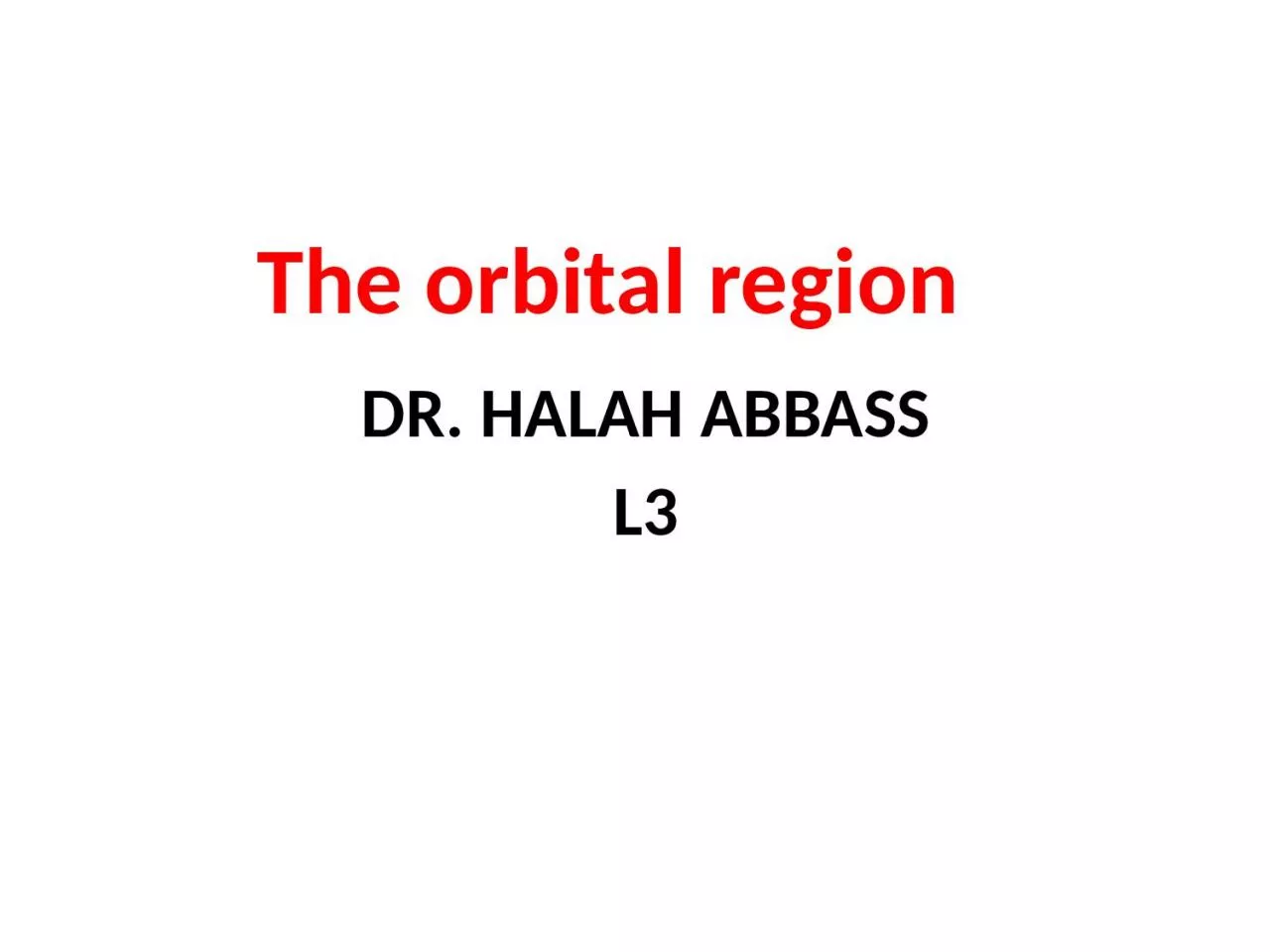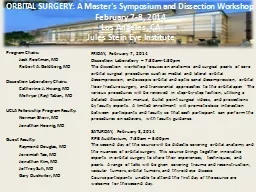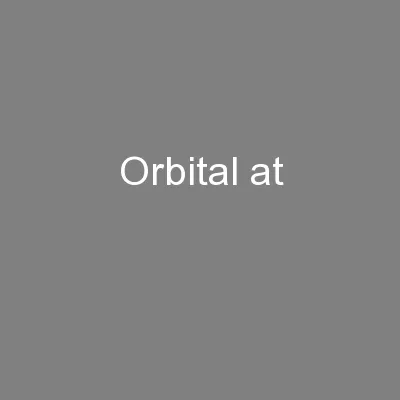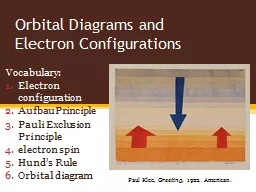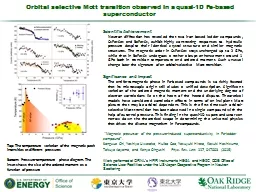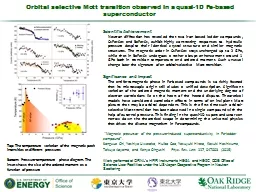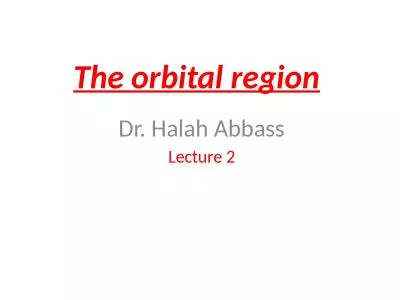PPT-The orbital region DR. HALAH ABBASS
Author : gagnon | Published Date : 2024-01-03
L3 Nerves of the Orbit Optic Nerve The nerve is surrounded by sheaths of pia mater arachnoid mater and dura mater It pierces the sclera at a point medial to the
Presentation Embed Code
Download Presentation
Download Presentation The PPT/PDF document "The orbital region DR. HALAH ABBASS" is the property of its rightful owner. Permission is granted to download and print the materials on this website for personal, non-commercial use only, and to display it on your personal computer provided you do not modify the materials and that you retain all copyright notices contained in the materials. By downloading content from our website, you accept the terms of this agreement.
The orbital region DR. HALAH ABBASS: Transcript
Download Rules Of Document
"The orbital region DR. HALAH ABBASS"The content belongs to its owner. You may download and print it for personal use, without modification, and keep all copyright notices. By downloading, you agree to these terms.
Related Documents

